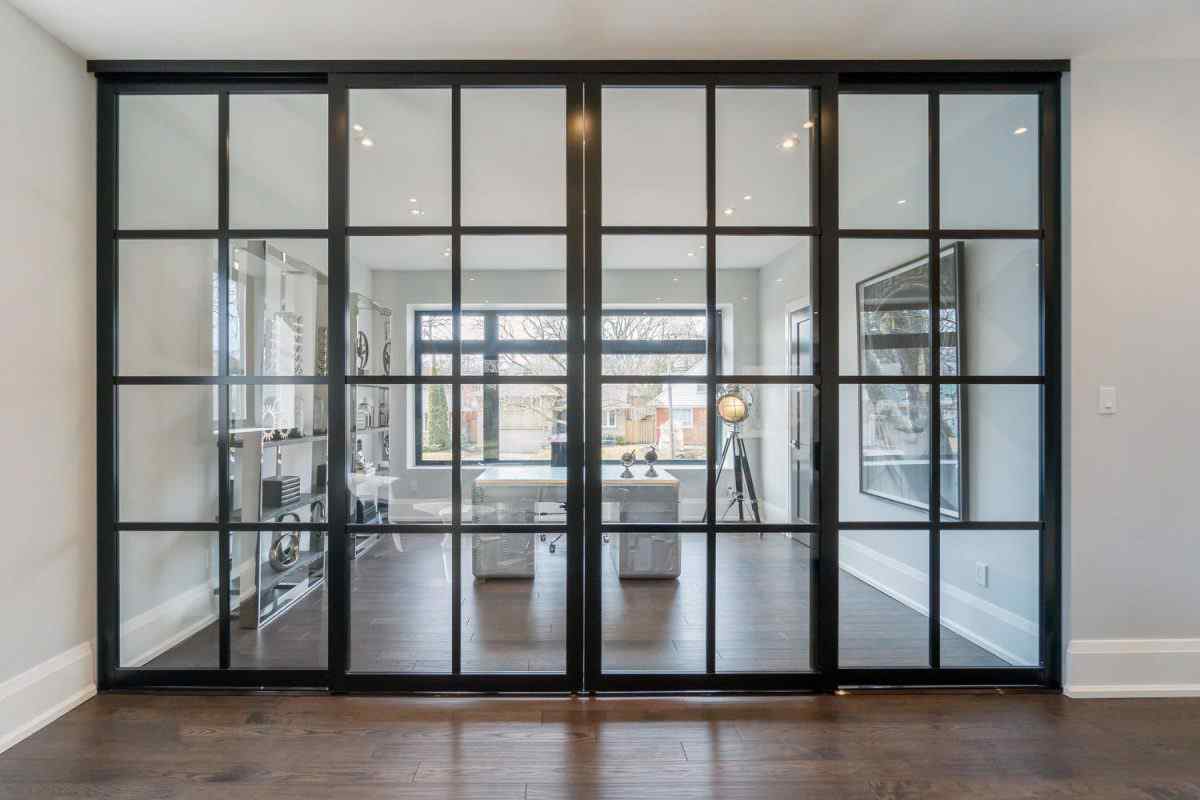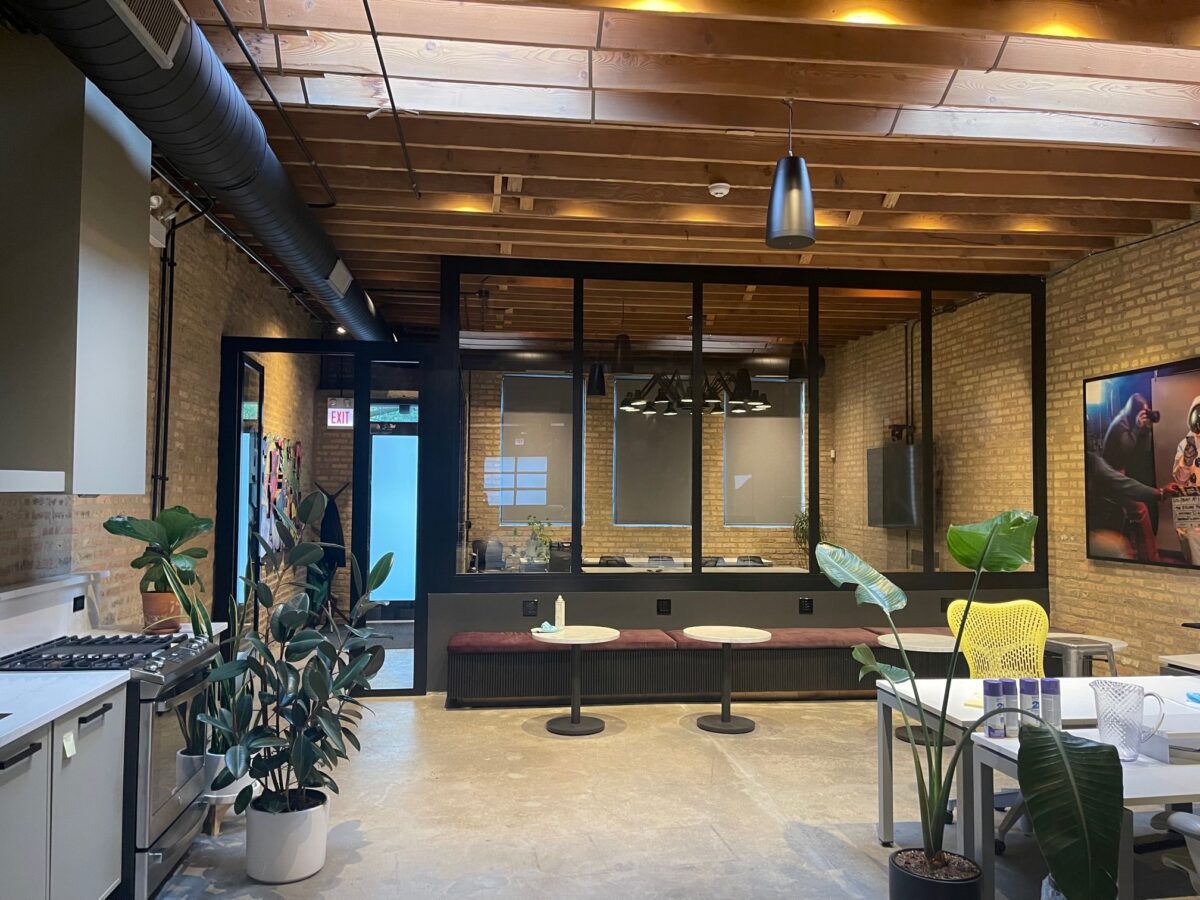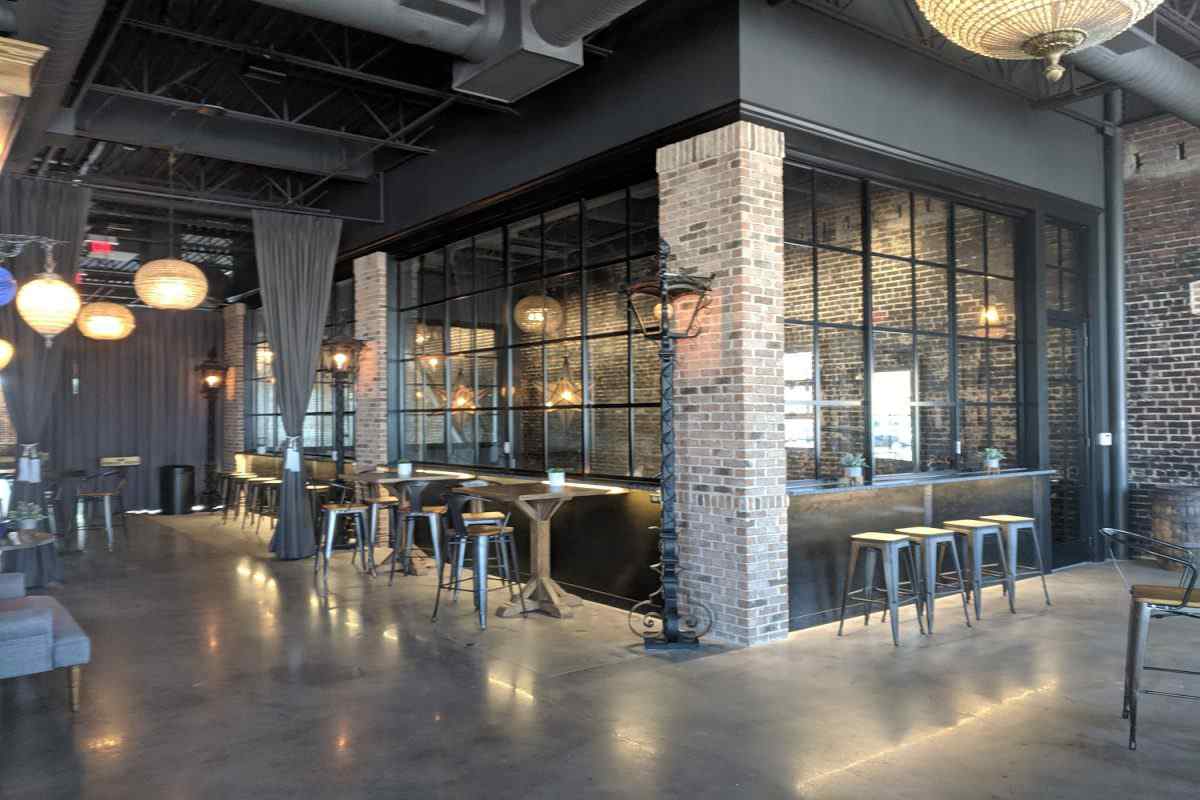As we begin to return to a sense of normalcy within the work world, as well as within our daily routines, many of us are beginning to question the need to return to the standard “office”. After jumping through the initial hoops of quarantine, and relearning how to craft our own daily schedules, many of us still holding jobs came to find that working from home wasn’t so bad after all. This self-isolation bred many unexpected benefits, such as increased time with friends and family, the ability to choose our working hours, and the chance to fit in more physical exercise and outdoor time. These silver linings of the once dreaded WFH mandate not only granted us access to a more well-rounded day, but it also forced us to look at our relative environmental impact, and how our work week contributed heavily to our annual carbon footprint.
Now that our economy is beginning to reopen, and our options are broadening, we begin to question if returning to the way things were is a good idea. If undertaking the daily commute and eight-hour office day was working for us, or if it’s actually stunting our potential to grow as individuals, taxing the natural environment, and straining our personal relationships. Making the move to work from home as a more permanent, or part-time solution is inherently a much greener, sustainable option as compared with working “in house”. If unsure how working from home could lead to a greener lifestyle, we’re about to unpack the truth of existing in the 9-5 work world.
Commute Guilt
Have you ever experienced commute guilt? That is, the sinking feeling whilst sitting in stop and go traffic, with the overwhelming feeling that you might be contributing to the problem. Not just the problem of peak commute traffic, but the overarching environmental problem. Well, you’re not alone. Most commuters share similar distress, and for good reason. Traffic, idling vehicles and too many single-passenger cars on the road contribute heavily to harmful CO2 emissions each and every day. Vehicle exhaust not only pollutes our atmosphere and decreases air quality, but it also slowly depletes the ozone layer which keeps our planet cool and our atmospheric temperature stable. By making the conscious decision to either take available public transportation, ride a bike to work, carpool or to scrap the commute altogether, you’ll significantly slash your annual carbon footprint. Working from home is the best way to become a low-impact human.
Will That Be For Here or To Go?
Ever noticed how much excess packaging goes into take-out food? An enormous amount of single-use plastic packaging is used each and every day from the working class who eat out on their lunchtime break. Ordering food to go is understandably a necessity during a thirty-minute lunch break to afford you the time, convenience, and taste you desire during a grueling workweek. And while this solution is practical, it is the least environmentally friendly option for consumption. When you choose to work from home, chances are you’ll be more inclined to make your own lunch, cook home meals, and use a coffee mug rather and washable utensils. Compare this with styrofoam containers, plastic utensils and straws, throw away plastic or paper coffee cups (which almost always have a plastic lid), and the effects of that waste are obvious. Of course, you could always pack your own lunch, bring a reusable coffee cup, and do your best to only buy from restaurants who use paper packaging and have an eco-conscious business model, but chances are, those options are few and far between.
Commercial Resources
Something we don’t often consider regarding our places of work is the number of resources large commercial buildings suck up in order to maintain a healthy and comfortable working environment for its inhabitants. Take air conditioning and heating, for example. The amount of electricity and chemicals product needed to power a large-scale HVAC system have a profound effect on our natural environment. These units are often energy guzzlers, left running all the time, and are not using alternative energy sources to power them. When you work from home, you can better control your A/C and heat usage, the amount of lighting (typically offices need more intense lighting due to a limited supply of natural light), and other high-impact resources.
So What Can I Do?
If you feel called to work freelance or split your week between in-office and at-home days, there are some helpful spatial solutions you can integrate into your home to craft an ideal home office that will afford you space, concentration, and the separation you need for a successful workday. First, consider integrating glass room dividers into a corner of your home that happens to have extra unused space. These handy and easy-to-construct glass wall partitions and sliding room dividers are breezy to install and help to retain a stylish aesthetic to compliment your thoughtful interiors. Sliding glass barn doors are another fantastic spatial solution, and a simple way to create separation between two distinct spaces. Glass barn doors have that beautiful modern-contemporary look while still paying homage to a rustic classic. These no-construction-needed glass walls integrate flawlessly into any home and provide real walls for your desired home office!
With all of the added benefits of being your own boss, creating your own work schedule, and making your workday work for you, you can feel good about your morning commute being from your bedroom to the kitchen, and from the kitchen right into to your new home office. No waste, no guilt. Instantly increase your clean karma with a WFH solution. For more inspiration and space optimizing solutions, don’t hesitate to check out the best sliding closet doors, tri fold dividers, sliding room dividers, and spatial solutions offered at The Sliding Door Company. Visit Us Online to browse our online viewing catalog and Enjoy A Free Consultation from one of our team members to actualize your vision today!


 PARTITION WALLS
PARTITION WALLS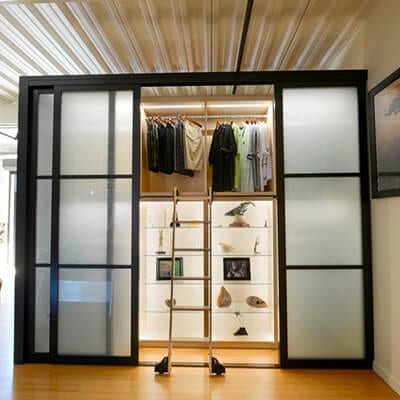 CLOSET DOORS
CLOSET DOORS WALL SLIDE DOORS
WALL SLIDE DOORS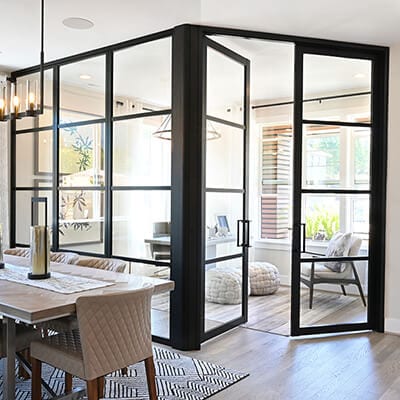 SWING DOORS
SWING DOORS BI-FOLD DOORS
BI-FOLD DOORS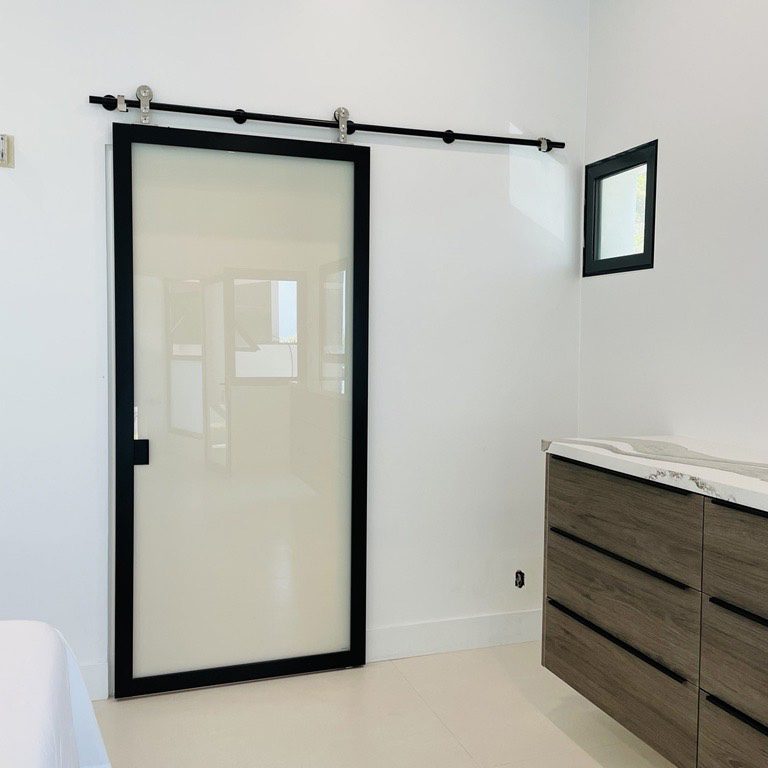 BARN DOORS
BARN DOORS SUSPENDED DOORS
SUSPENDED DOORS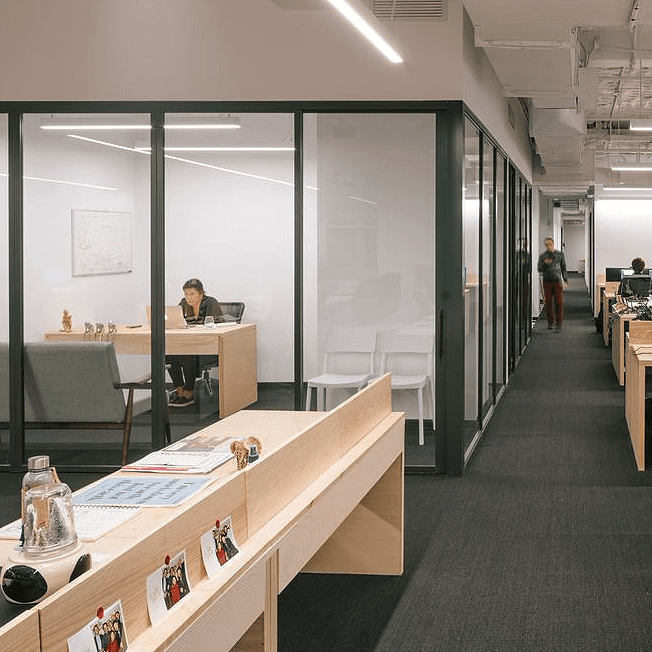
 HOSPITALITY
HOSPITALITY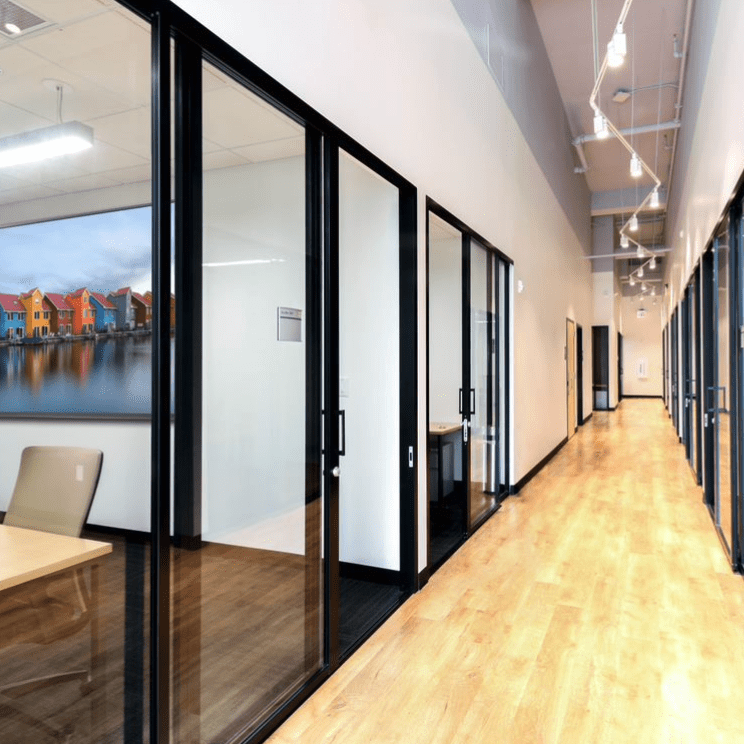 CO-WORKING
CO-WORKING HEALTHCARE
HEALTHCARE BRICK & MORTAR
BRICK & MORTAR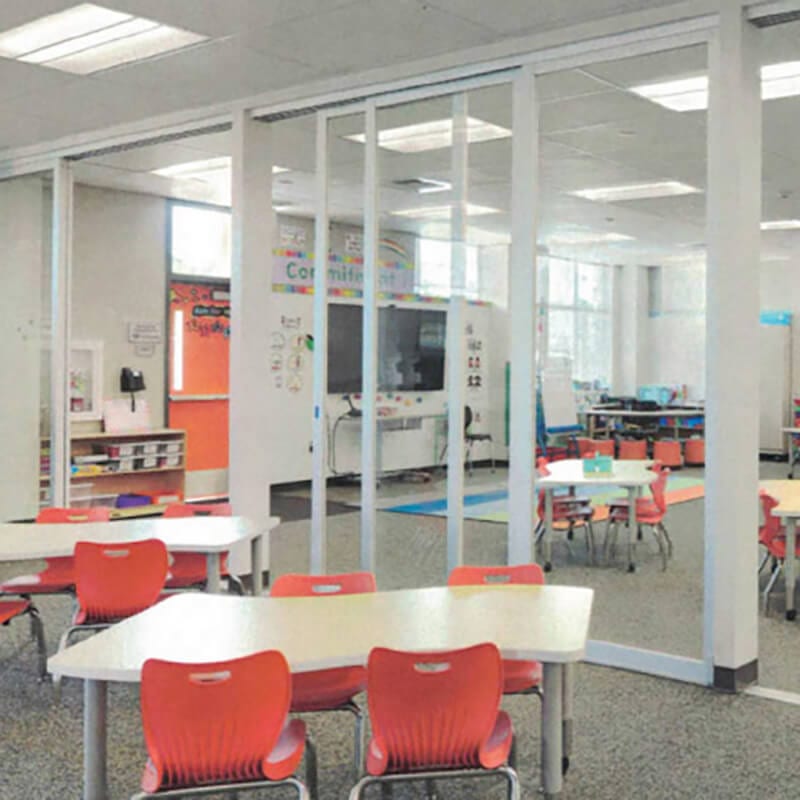 EDUCATION
EDUCATION MULTI-FAMILY
MULTI-FAMILY BECOME A TRADE PARTNER
BECOME A TRADE PARTNER
 PARTITION WALLS
PARTITION WALLS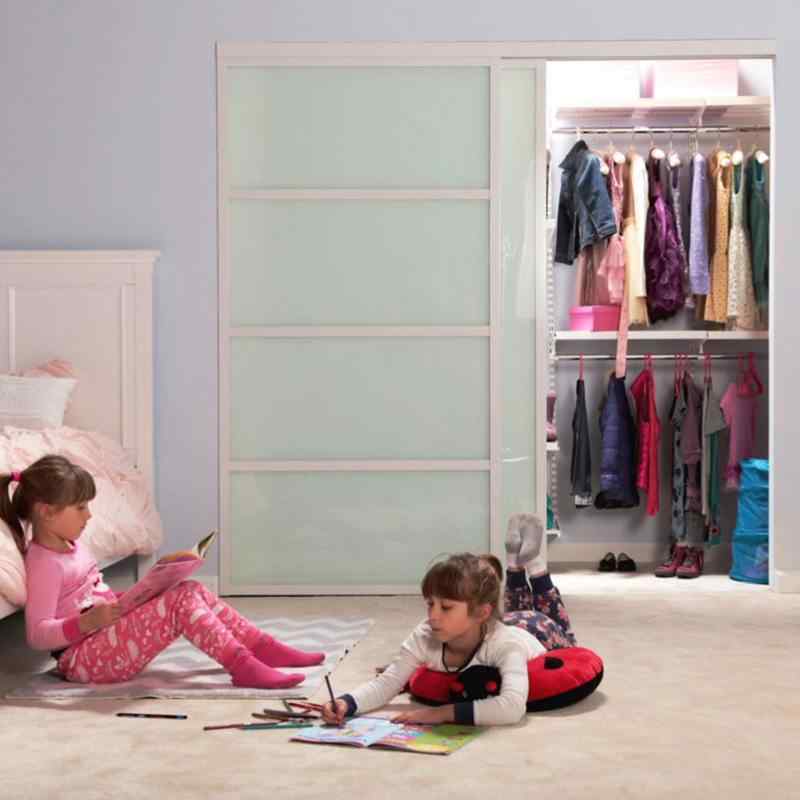 CLOSET DOORS
CLOSET DOORS WALL SLIDE DOORS
WALL SLIDE DOORS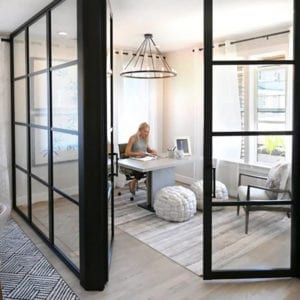 SWING DOORS
SWING DOORS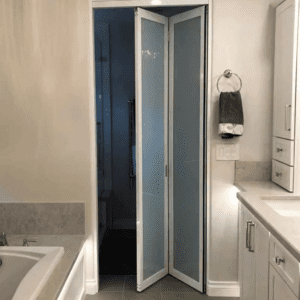 BI-FOLD DOORS
BI-FOLD DOORS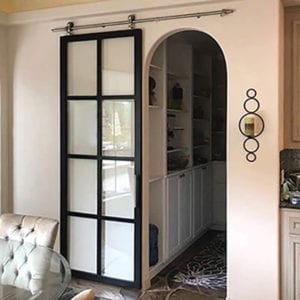 BARN DOORS
BARN DOORS SUSPENDED DOORS
SUSPENDED DOORS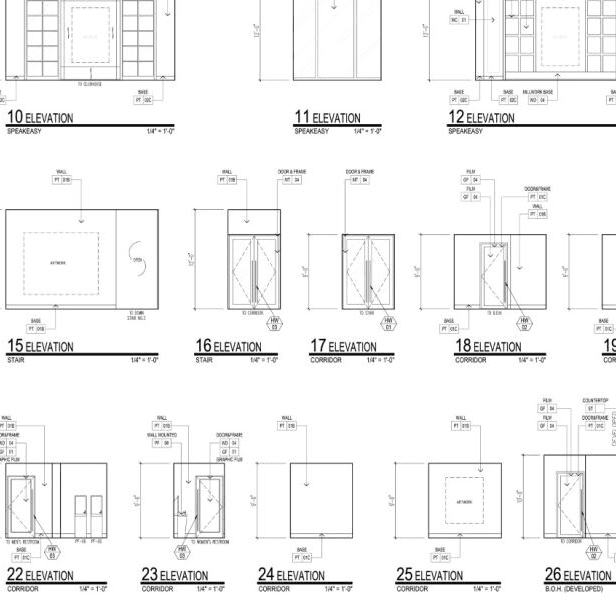


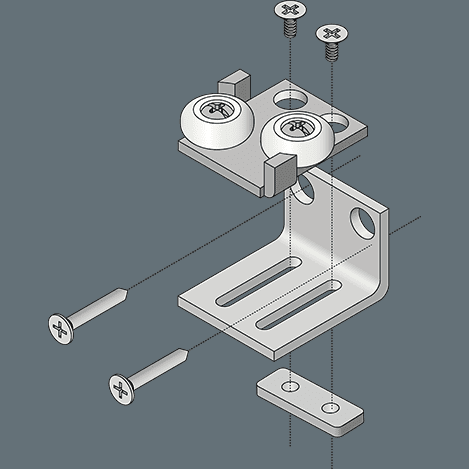
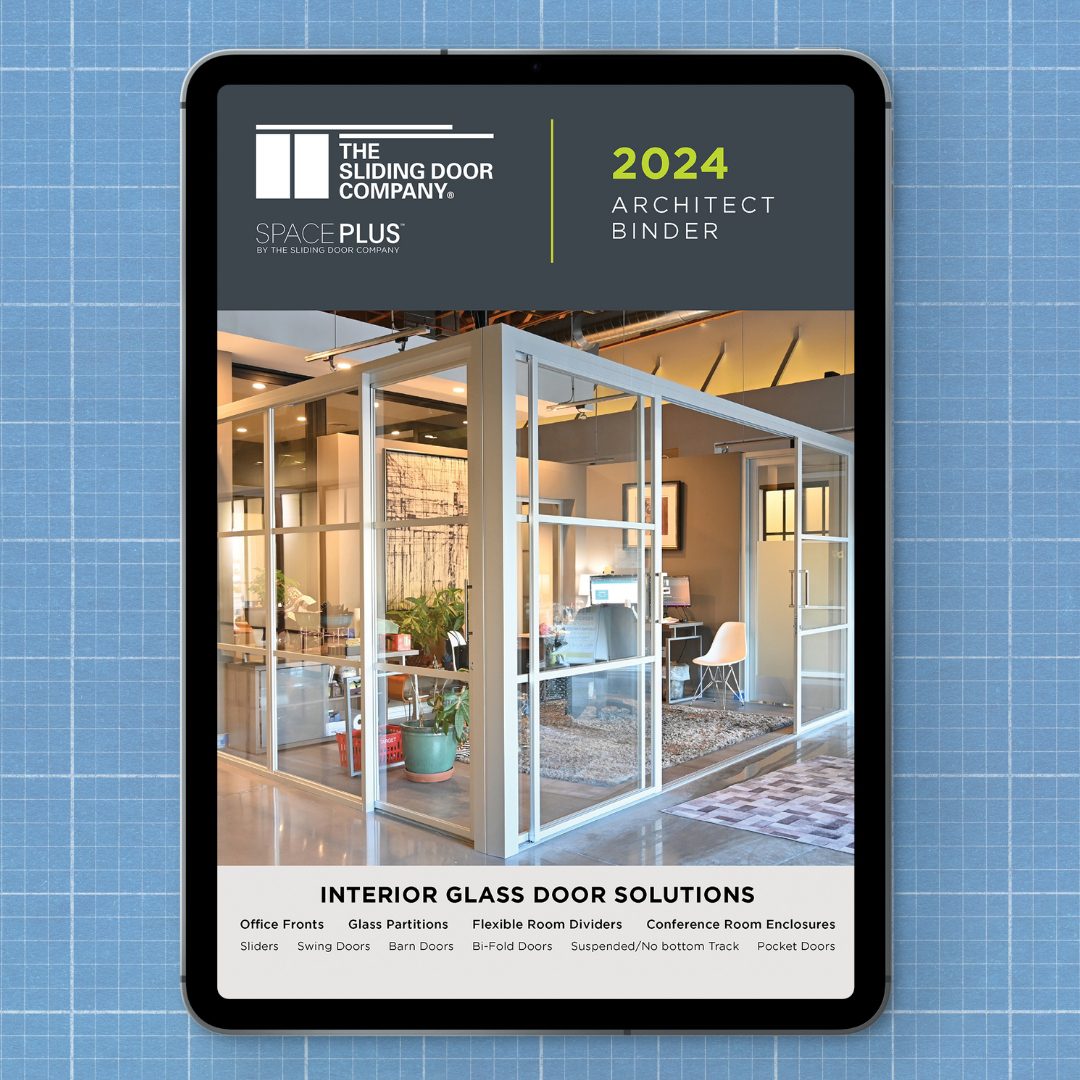
 10 REASONS
10 REASONS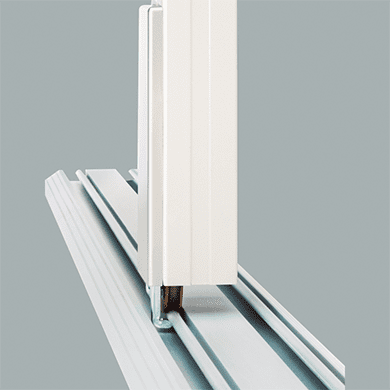 OUR PATENTS
OUR PATENTS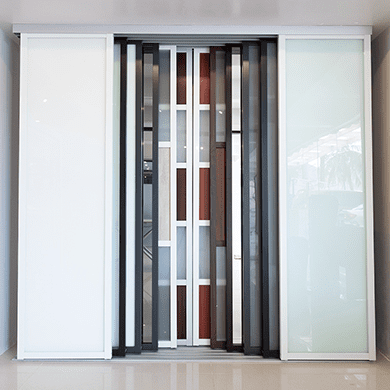 OUR PROCESS
OUR PROCESS OUR WARRANTY
OUR WARRANTY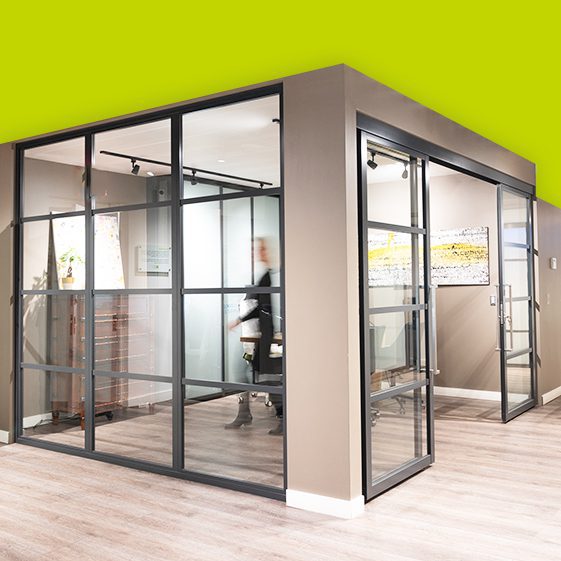 WHO WE ARE
WHO WE ARE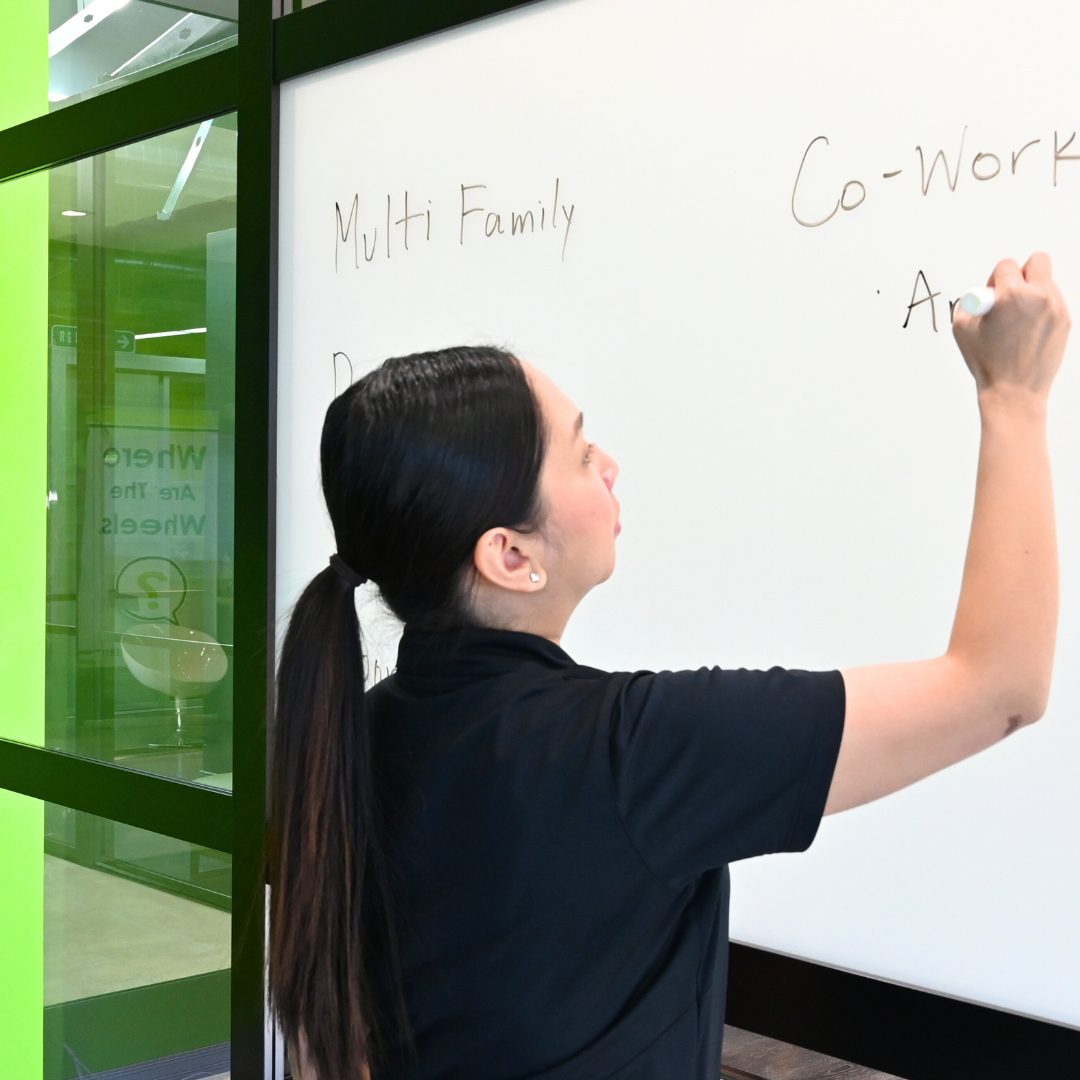 CAREERS
CAREERS
